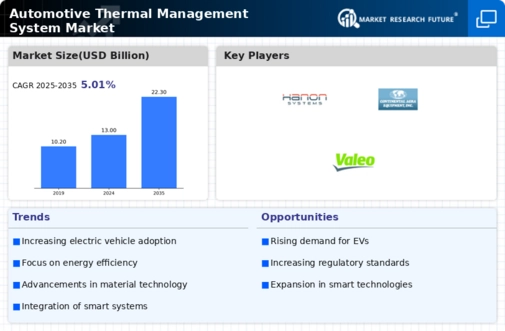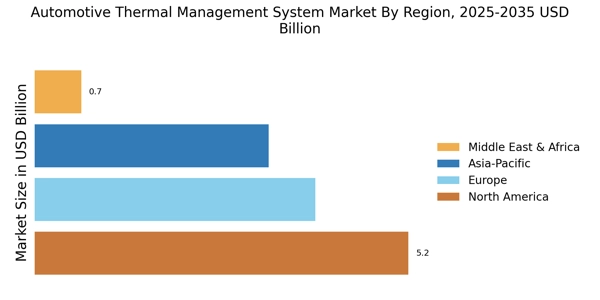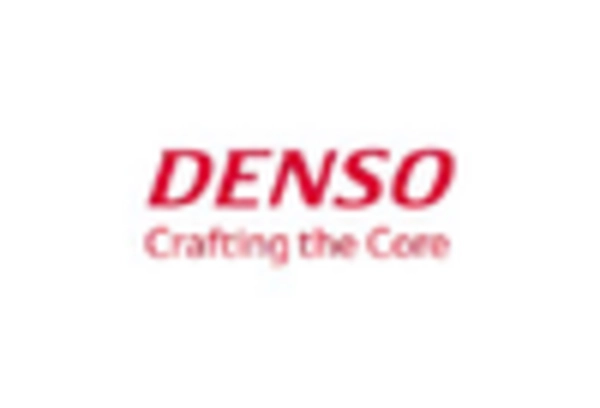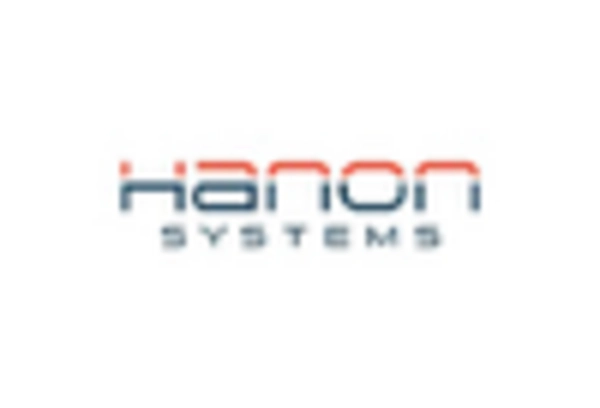Automotive Thermal Management System Market Summary
As per MRFR analysis, the Automotive Thermal Management System Market was estimated at 13.02 USD Billion in 2024. The Automotive Thermal Management System industry is projected to grow from 13.67 USD Billion in 2025 to 22.29 USD Billion by 2035, exhibiting a compound annual growth rate (CAGR) of 5.01 during the forecast period 2025 - 2035.
Key Market Trends & Highlights
The Automotive Thermal Management System Market is poised for substantial growth driven by technological advancements and increasing electrification.
- The integration of advanced materials is enhancing the efficiency and performance of thermal management systems.
- North America remains the largest market, while Asia-Pacific is emerging as the fastest-growing region in this sector.
- Cooling systems dominate the market, with liquid cooling systems leading in terms of market share, whereas air cooling systems are experiencing rapid growth.
- The increasing demand for fuel efficiency and the growth of electric vehicles are key drivers propelling market expansion.
Market Size & Forecast
| 2024 Market Size | 13.02 (USD Billion) |
| 2035 Market Size | 22.29 (USD Billion) |
| CAGR (2025 - 2035) | 5.01% |
Major Players
Valeo (FR), Continental (DE), Mahle (DE), Denso (JP), Hanon Systems (KR), BorgWarner (US), Aisin Seiki (JP), Delphi Technologies (GB), Modine Manufacturing Company (US)


















Leave a Comment